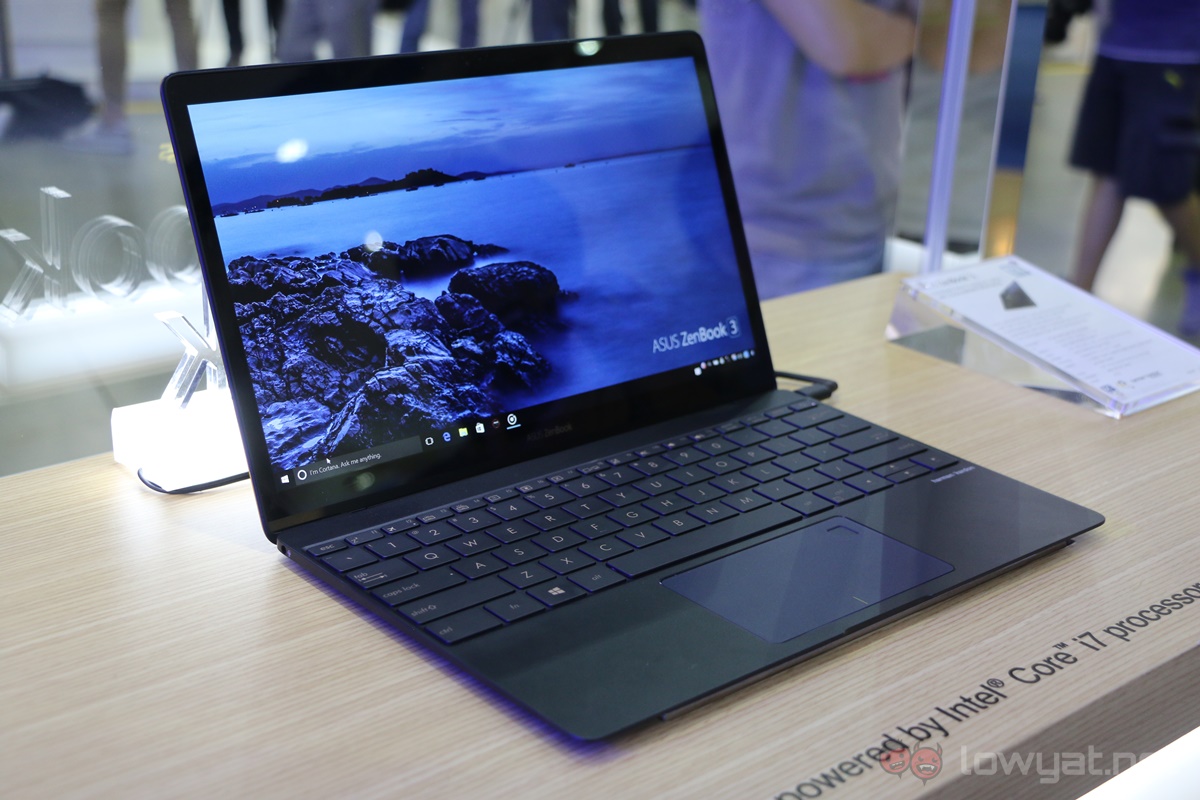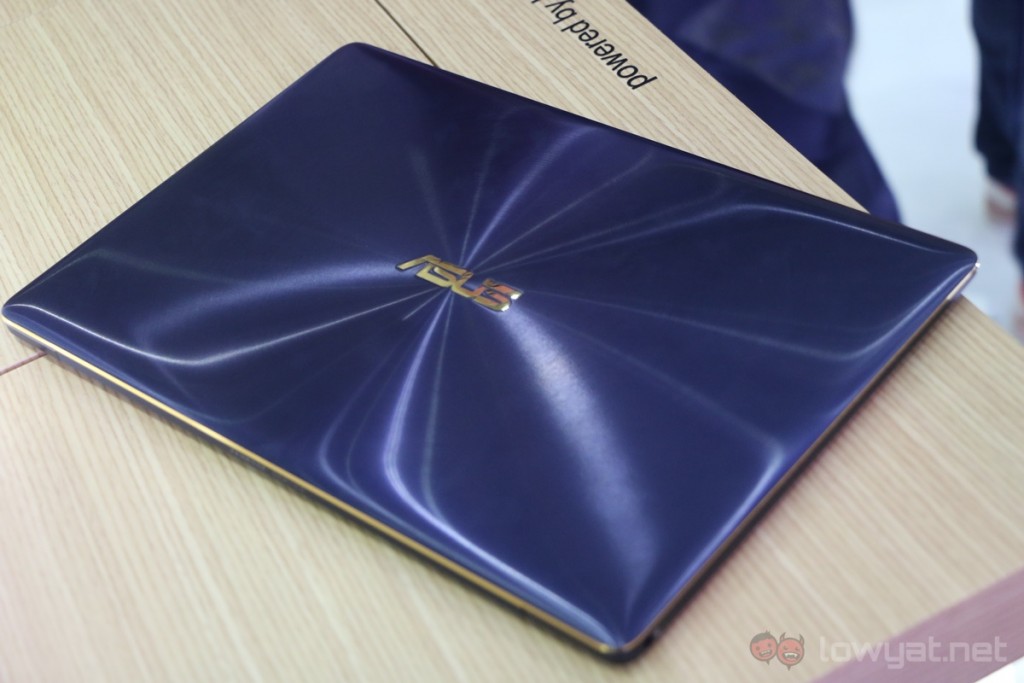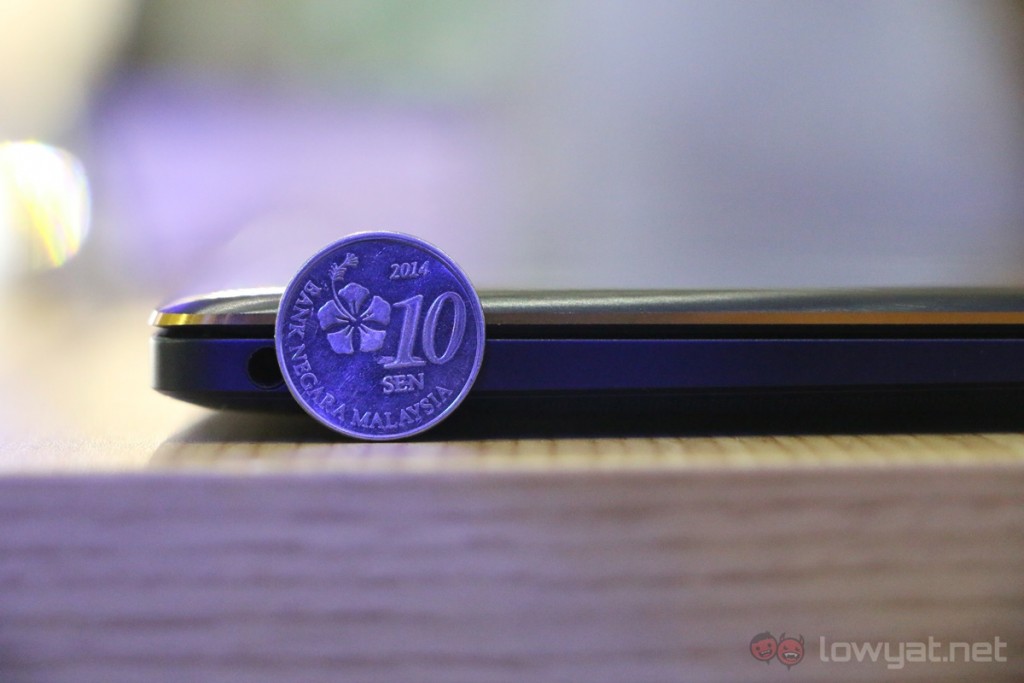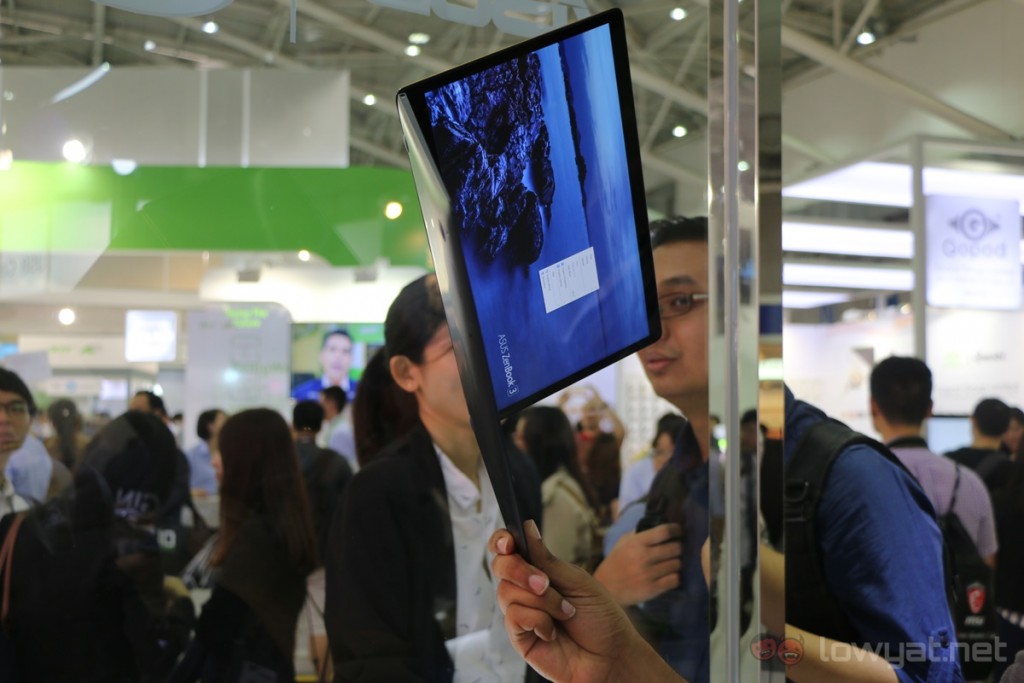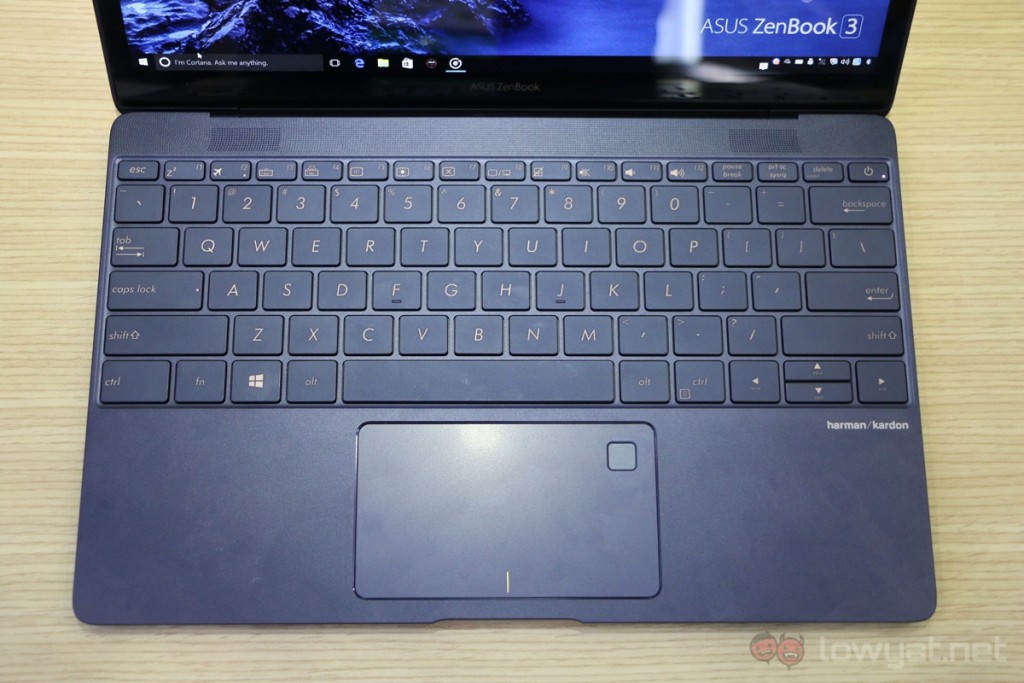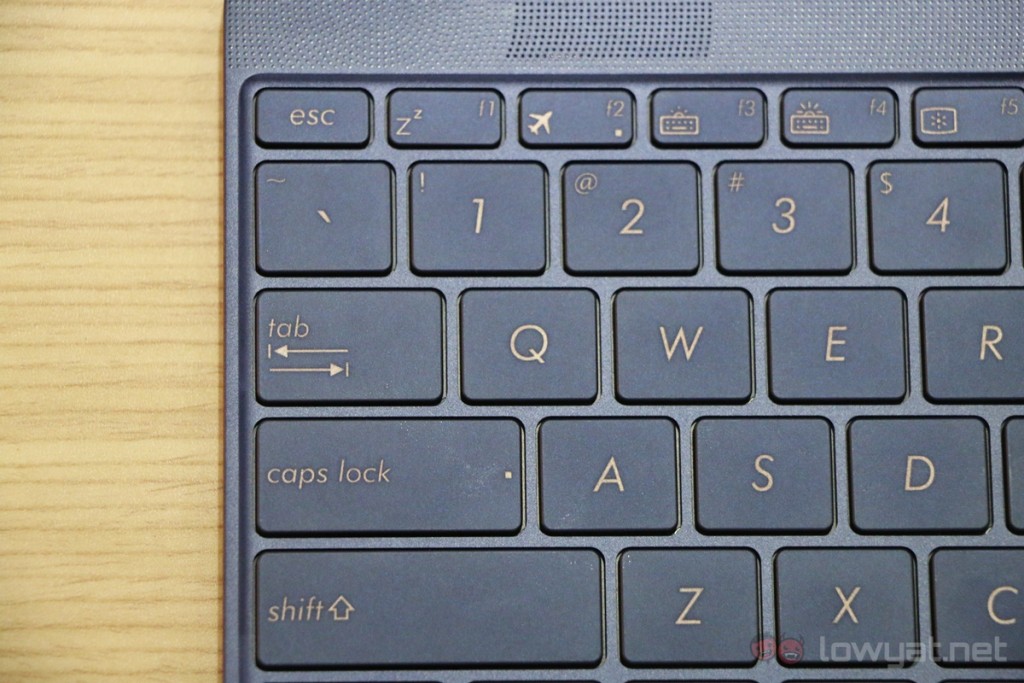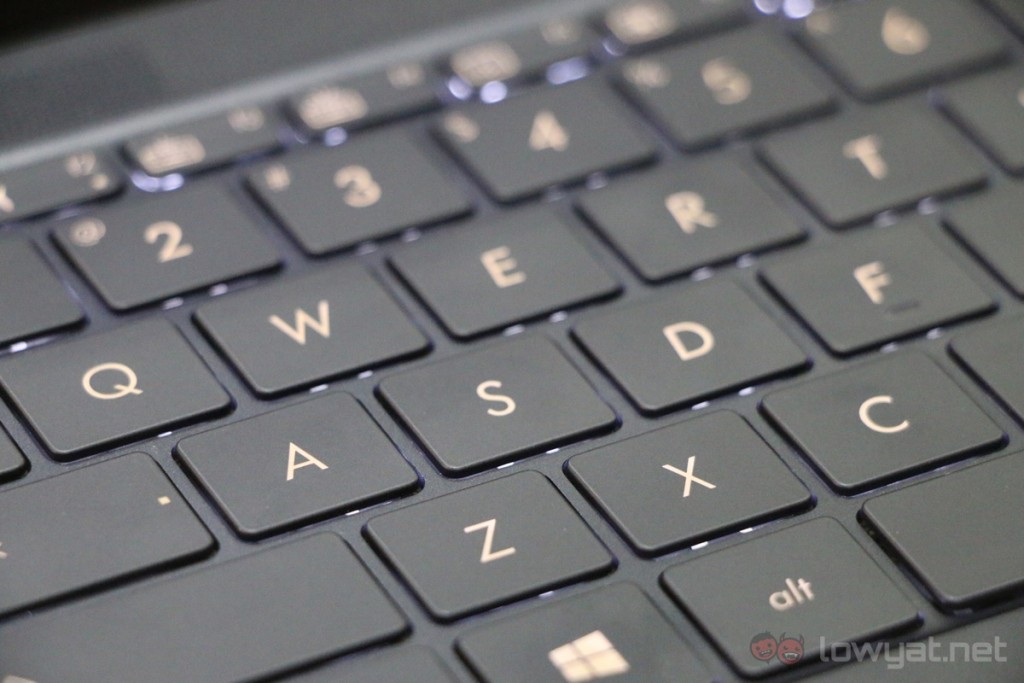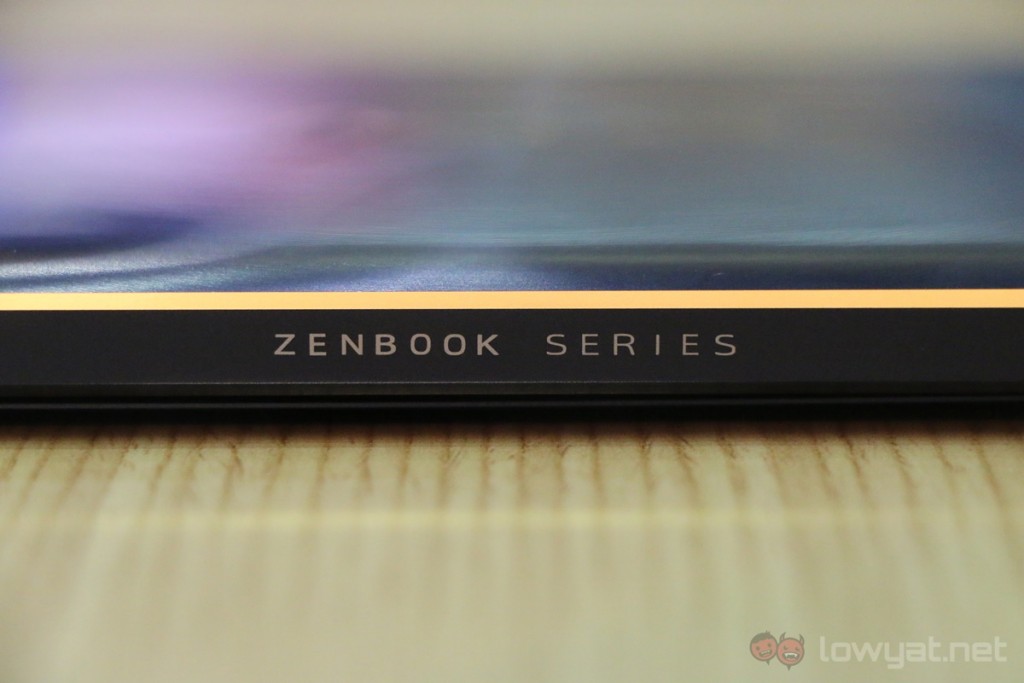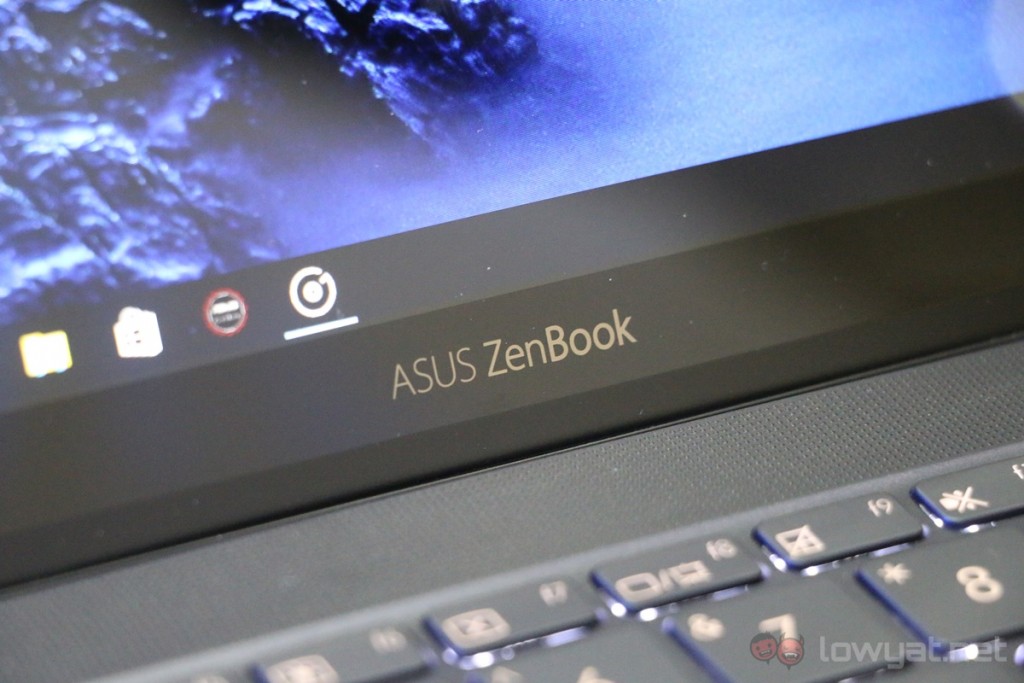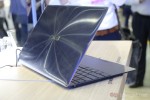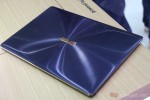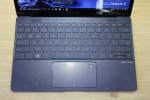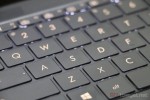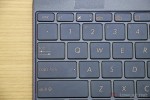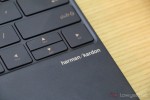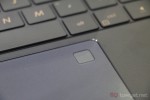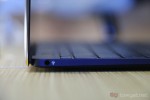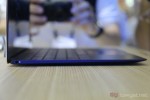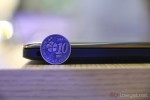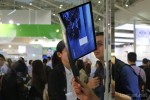The Asus ZenBook 3 is thinner, lighter, and even more powerful than Apple’s 12-inch MacBook: it was compared to the latter multiple times by Jonney Shih – the Chairman of Asus – at the company’s Computex 2016 press conference yesterday. On the surface, the ZenBook 3 has all the potential to be the 12-inch MacBook killer, but there is more to a laptop than spec sheet alone.
As usual, let’s go through the specifications of the ZenBook 3 first: it’s packed with an Intel Core i5-6200U or i7-6500U processor paired with 16GB of LPDDR3 RAM, up to 1TB of blazing fast PCIe SSD, a 12.5-inch 1920 x 1080 IPS display, as well as a singular USB-Type C port. One look at the hardware of the ZenBook 3 and it’s glaringly obvious that this laptop is more powerful than the 12-inch MacBook, which is equipped with Intel’s low-power Core m processors. That said, the ZenBook 3 shares a similar weakness as well: it only has one USB Type-C port.
However, it’s undeniable that the ZenBook 3 is an equally premium laptop as the MacBook. The build quality of the utrabook is very reassuring, and it’s hard to believe that such a thin laptop is packing a Core i processor. In fact, the ZenBook is even thinner than the MacBook at 11.9mm – the latter measures 13.1mm thick. Also, tipping the scales at 910g, the ZenBook is lighter than the MacBook by 10 grams. While this may not seem much, it is still a noteworthy difference.
When I first picked up the ZenBook 3, it was definitely reminiscent of my 12-inch MacBook. Of course, it’s hard to say if the ZenBook was indeed lighter, but I reckon I won’t feel the weight of it when kept in my bag. In terms of dimension, however, the ZenBook felt noticeable longer than the MacBook; it’s actually about 16mm longer, which is due to the 12.5-inch 16:9 display – the MacBook has a squarer and smaller 12-inch 16:10 display instead.
I really like the fact that I can open the lid of the ZenBook with just one finger: it shows a level of refinement that is akin to Apple’s. The display is bright and vibrant (although it’s hard to say how visible it would be under bright sunlight), and the trackpad is smooth and accurate for the most part – the fingerprint sensor on the top right of the trackpad is a nice touch as well.
In order to achieve such a thin chassis, the ZenBook 3 has a similar keyboard to the 12-inch MacBook. In other words, travel is almost non-existent (a 0.8mm travel is hardly enough), and the “gold-backlit” keys are really just gold keys illuminated by a conventional white backlight. That said, the keys definitely have more travel than the keyboard of the MacBook, but I have a serious issue with the ZenBook’s keyboard: consistency.
I’m a touch typist, so I usually type without looking at the keyboard. In other words, I’m not always hitting the keys dead centre; more often than not, I’d be hitting the sides of the keys instead. This isn’t an issue with my 12-inch MacBook, as all the keys will register so long as I’m actually pressing down on them. With the ZenBook 3, however, it wouldn’t register if I hit the keys off-centre; I would need to consciously hit the centre of the keys for them to register consistently. It would be interesting to see if the same issue is present on other units of the laptop.
But, at the end of the day, I’m still impressed with the Asus ZenBook 3. While I would’ve liked a better keyboard (and more ports), the ZenBook 3 is especially attractive to those who are always on the go. It both looks and feels premium, and most of all, it doesn’t cost as much as the 12-inch MacBook with price tags that start from US$999 (about RM4,120).
The Asus ZenBook 3 will be arriving in Malaysia sometime in the third quarter of 2016. We also learned that the premium ultrabook may be launched alongside the Asus ZenFone 3 series, which is set to arrive in August 2016. Hopefully, Asus Malaysia will price the ZenBook 3 right locally: it’s a very portable and premium laptop that many may find attractive.
Follow us on Instagram, Facebook, Twitter or Telegram for more updates and breaking news.


